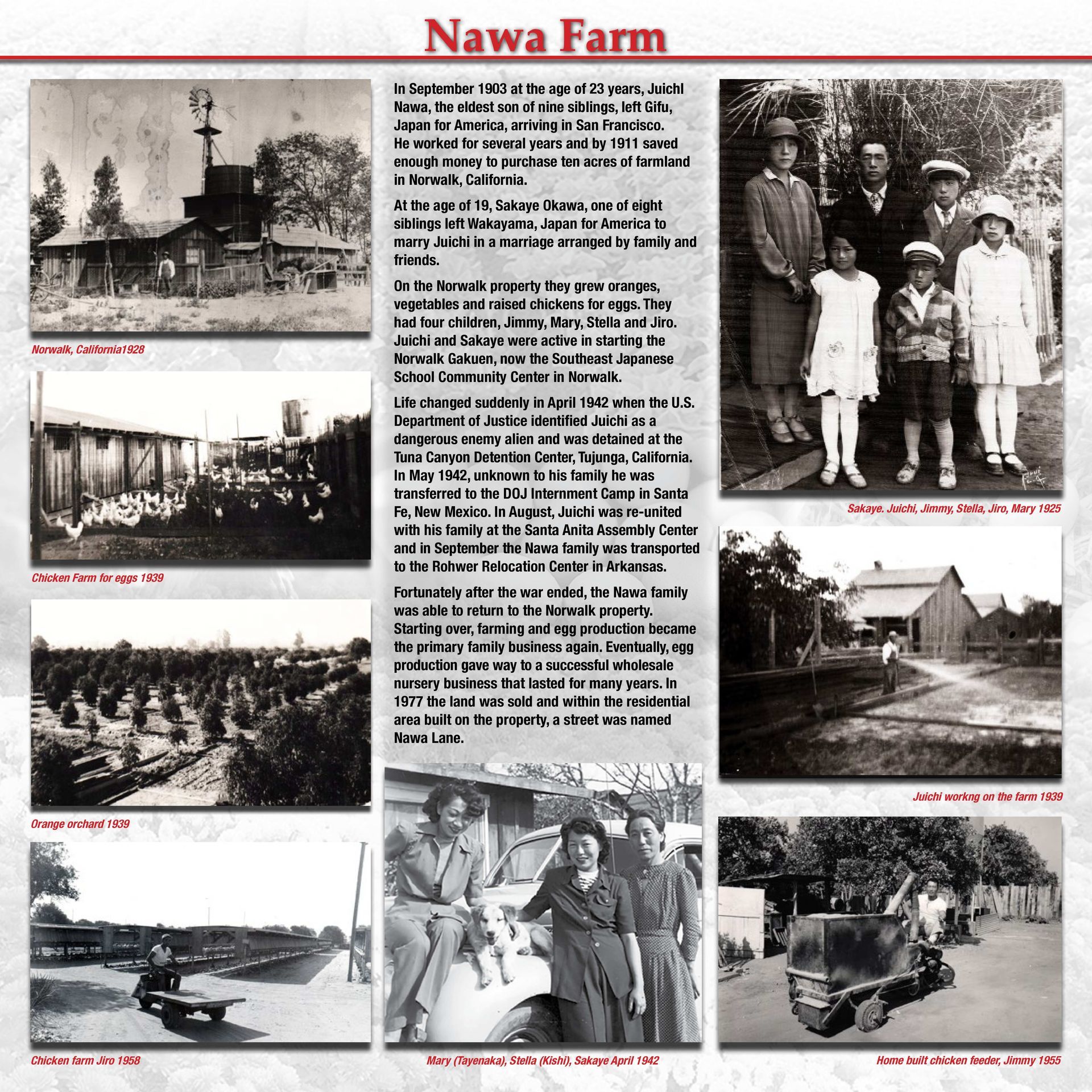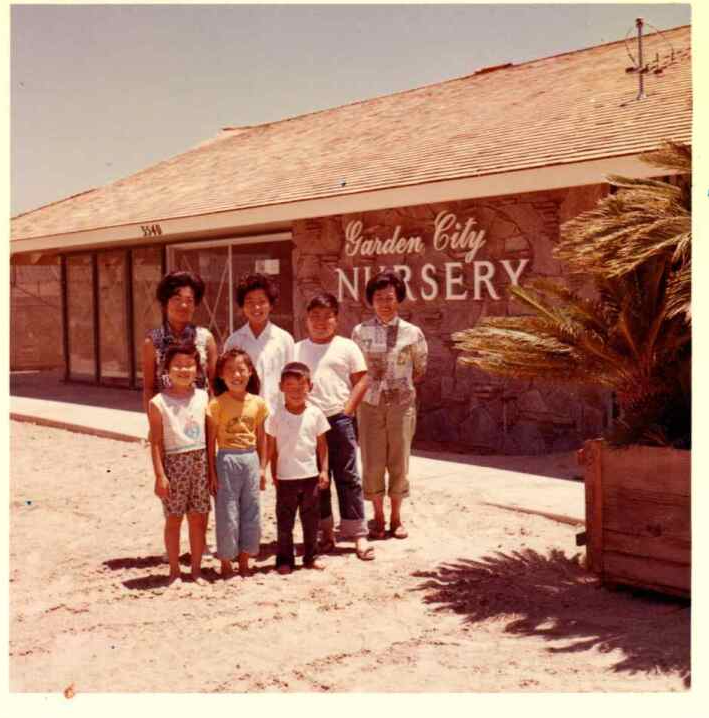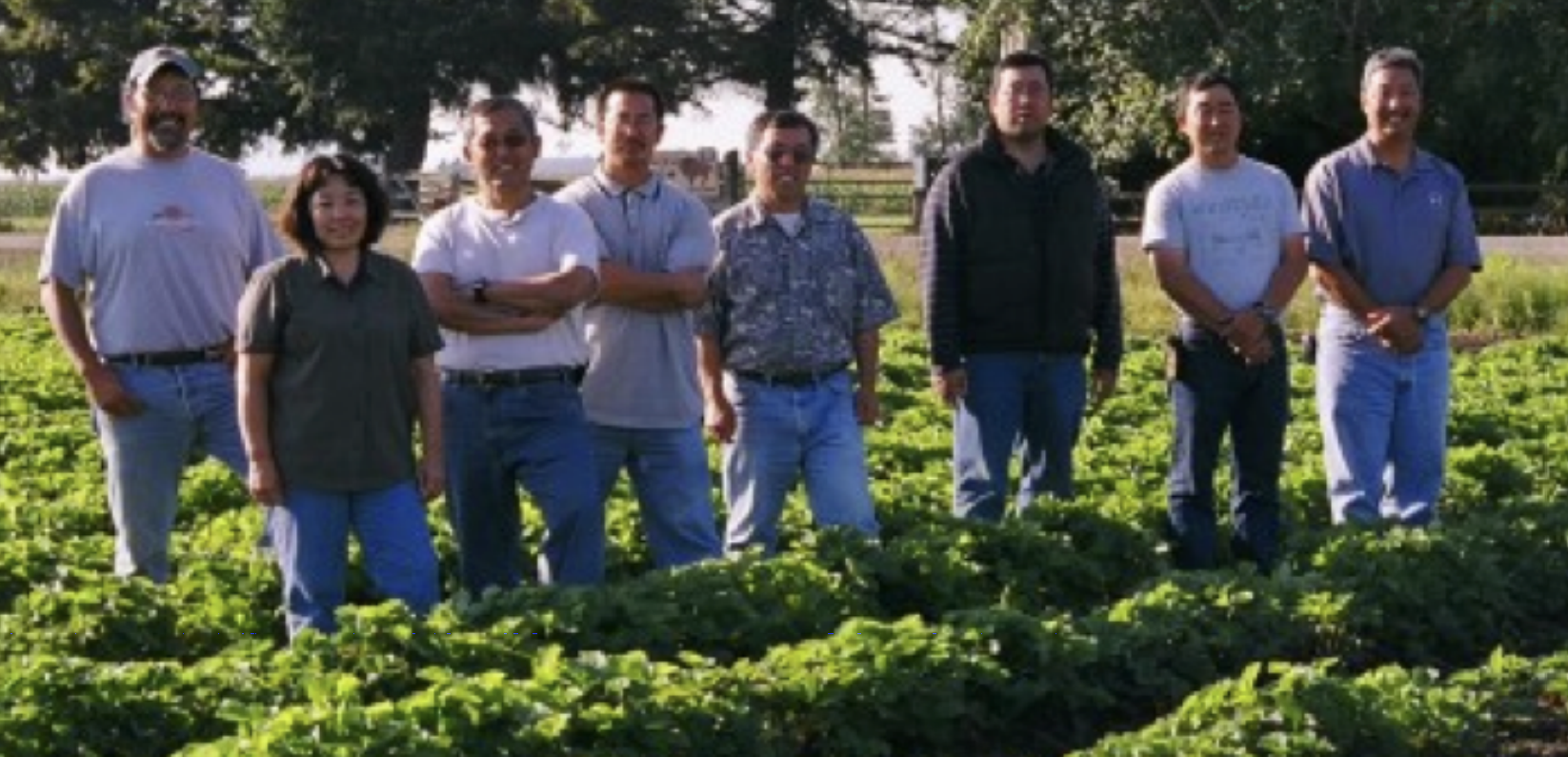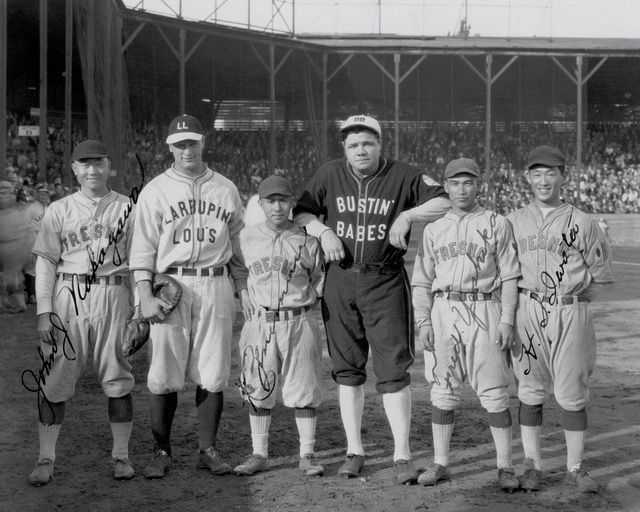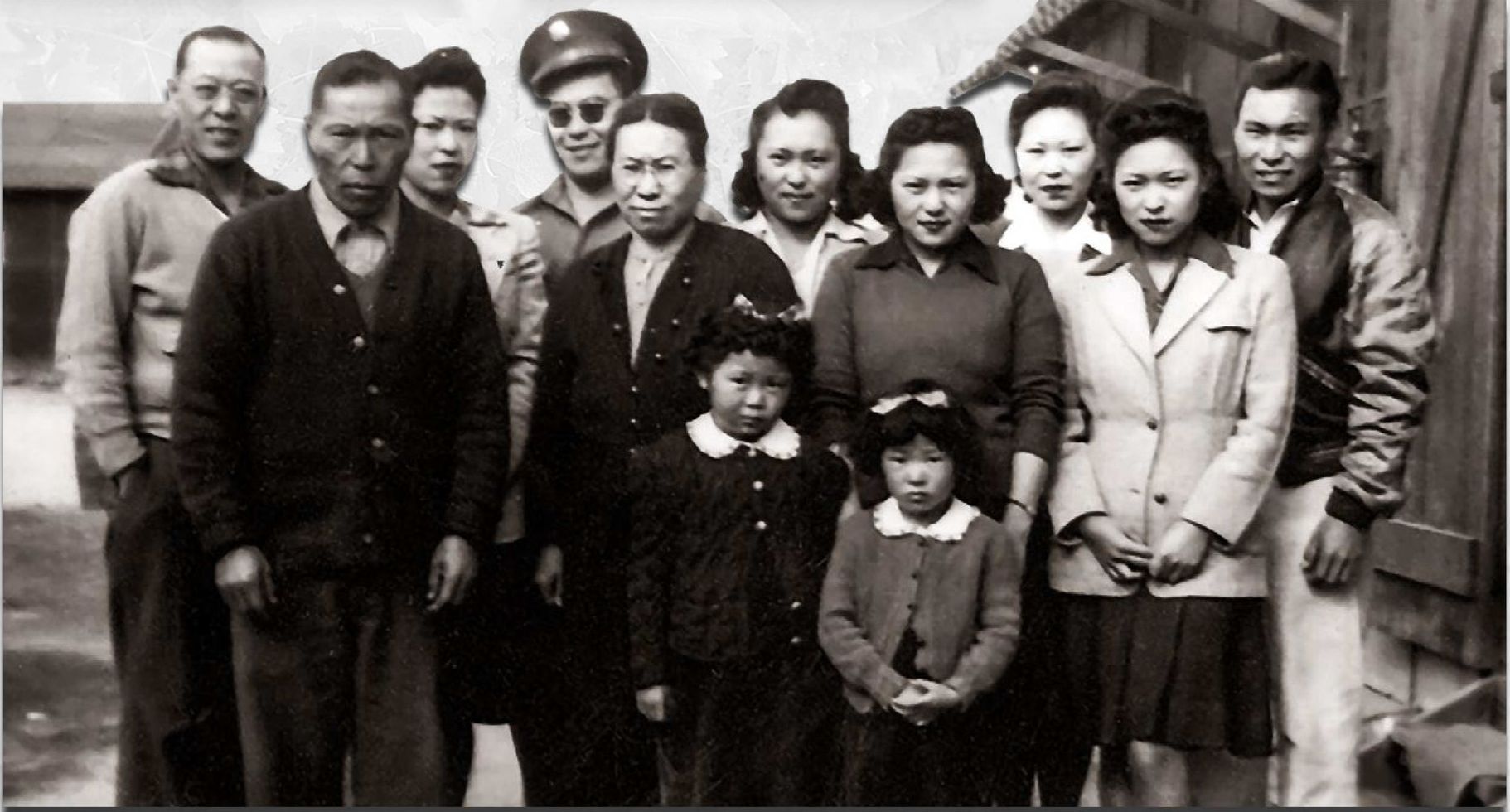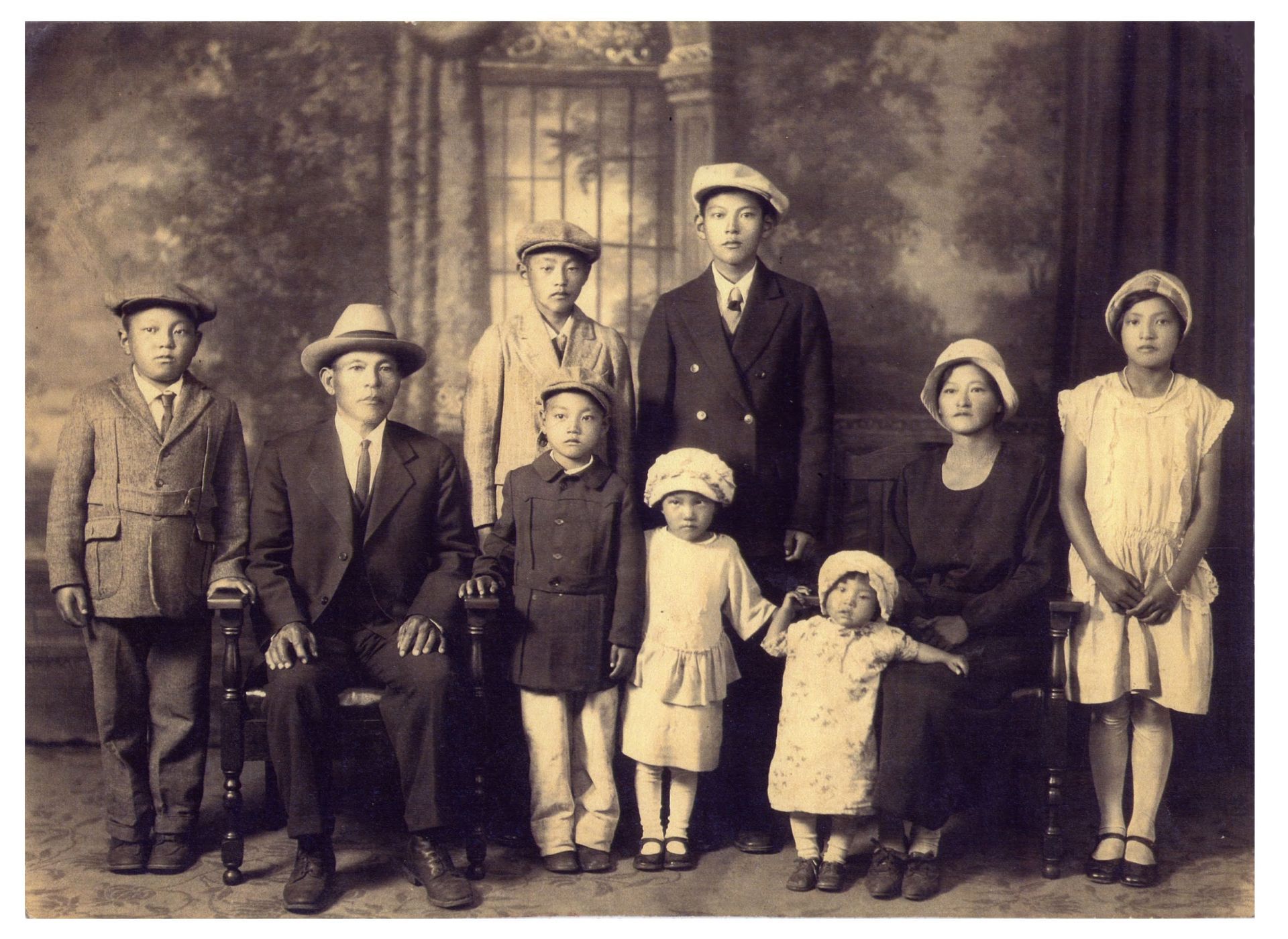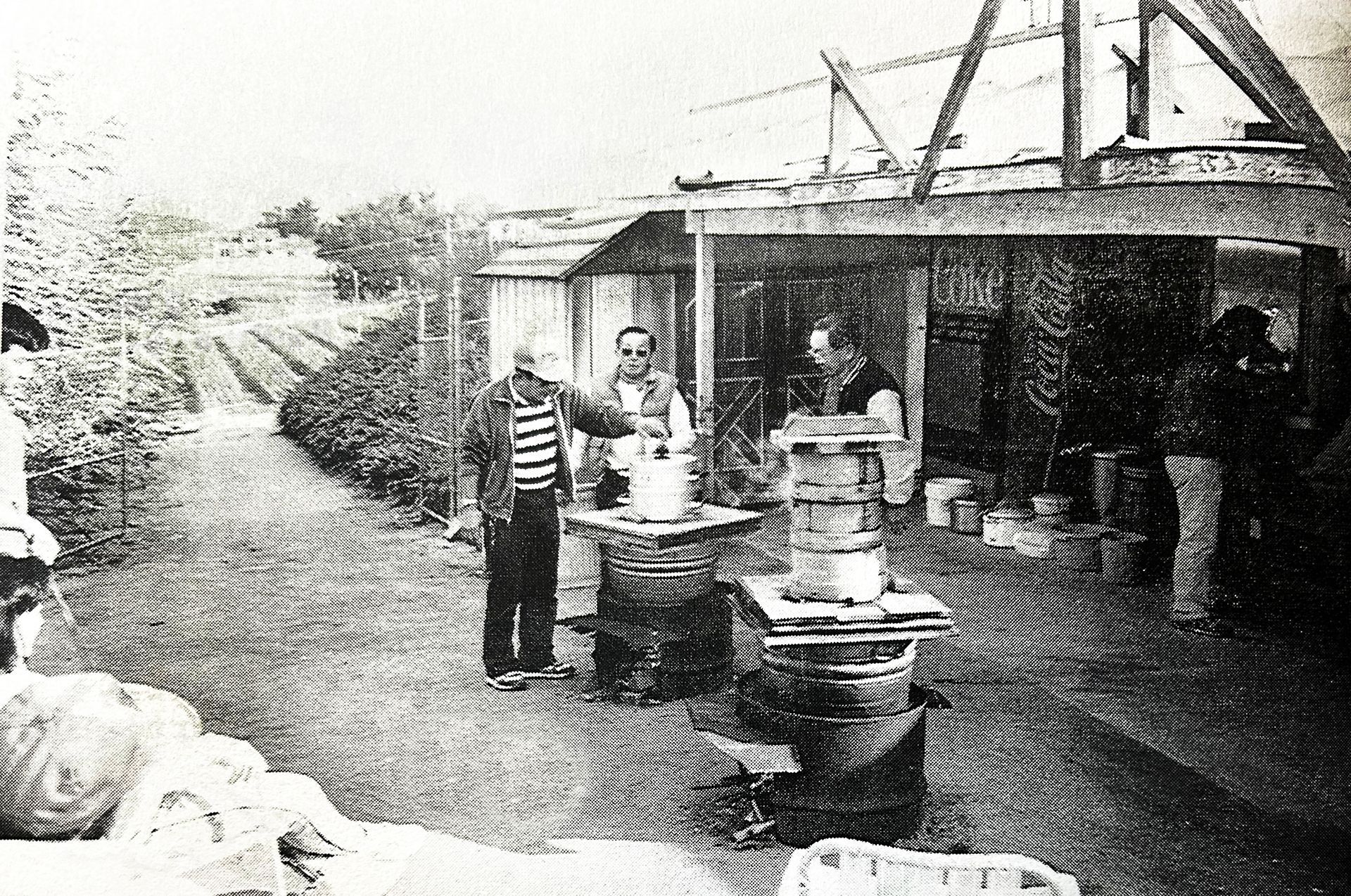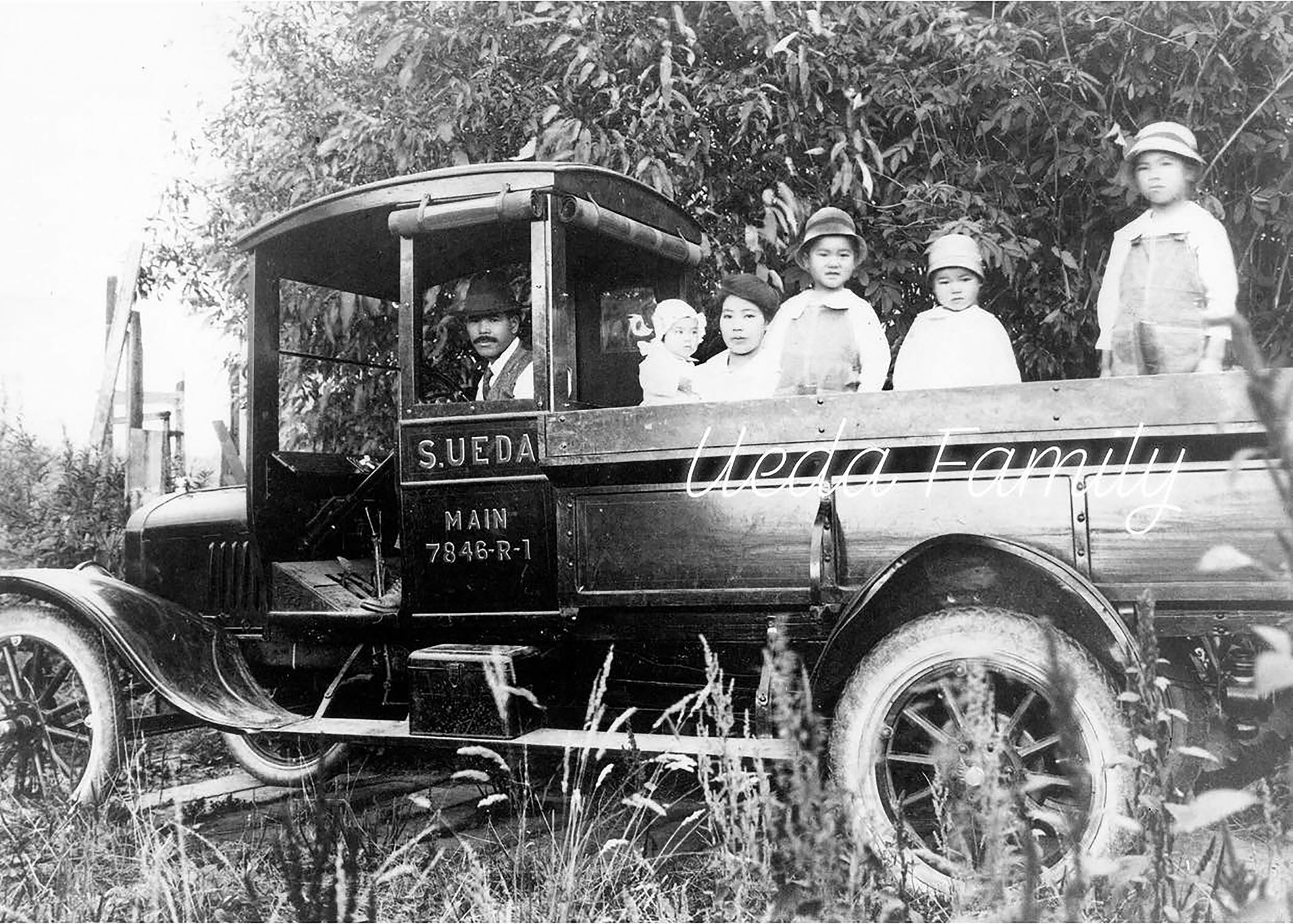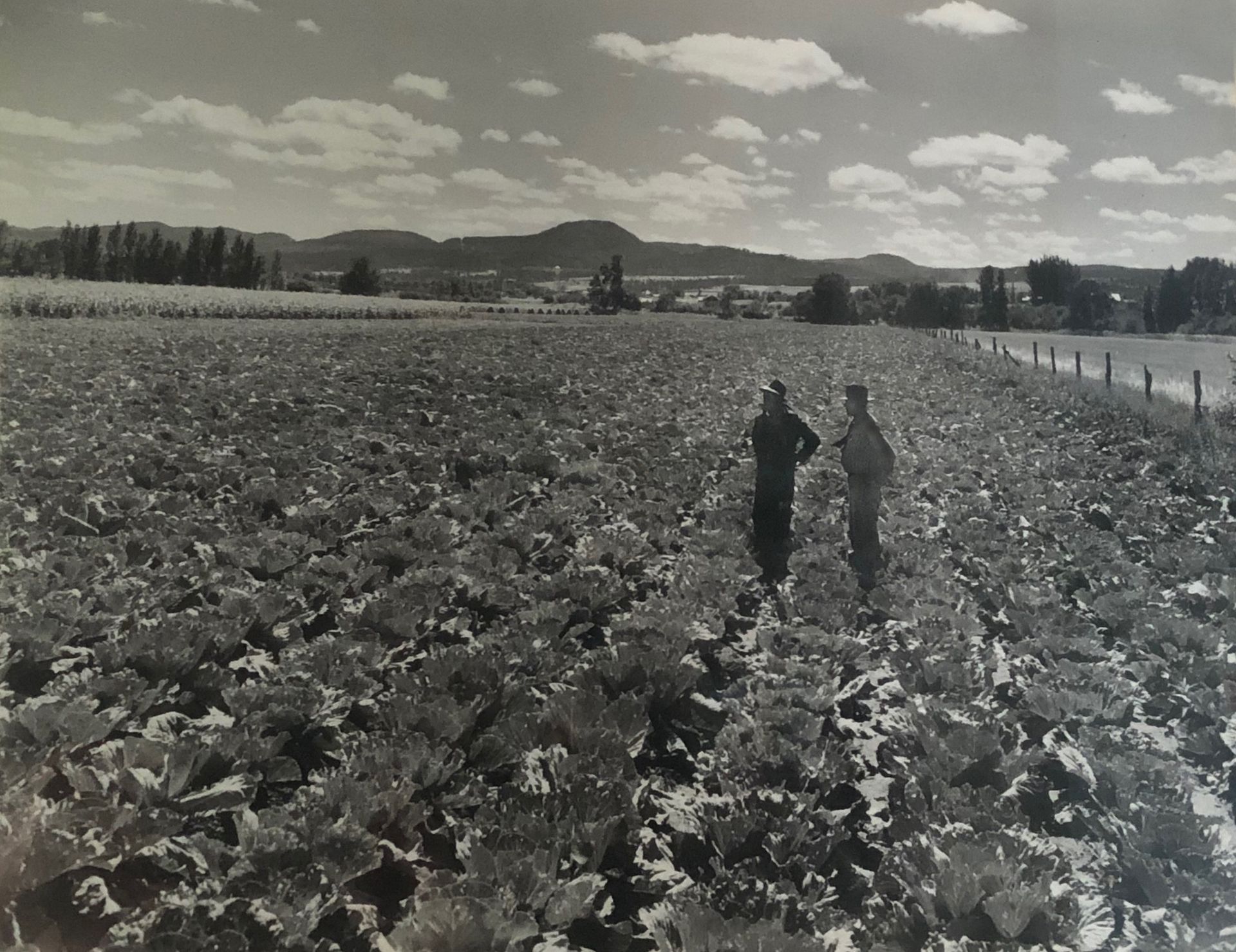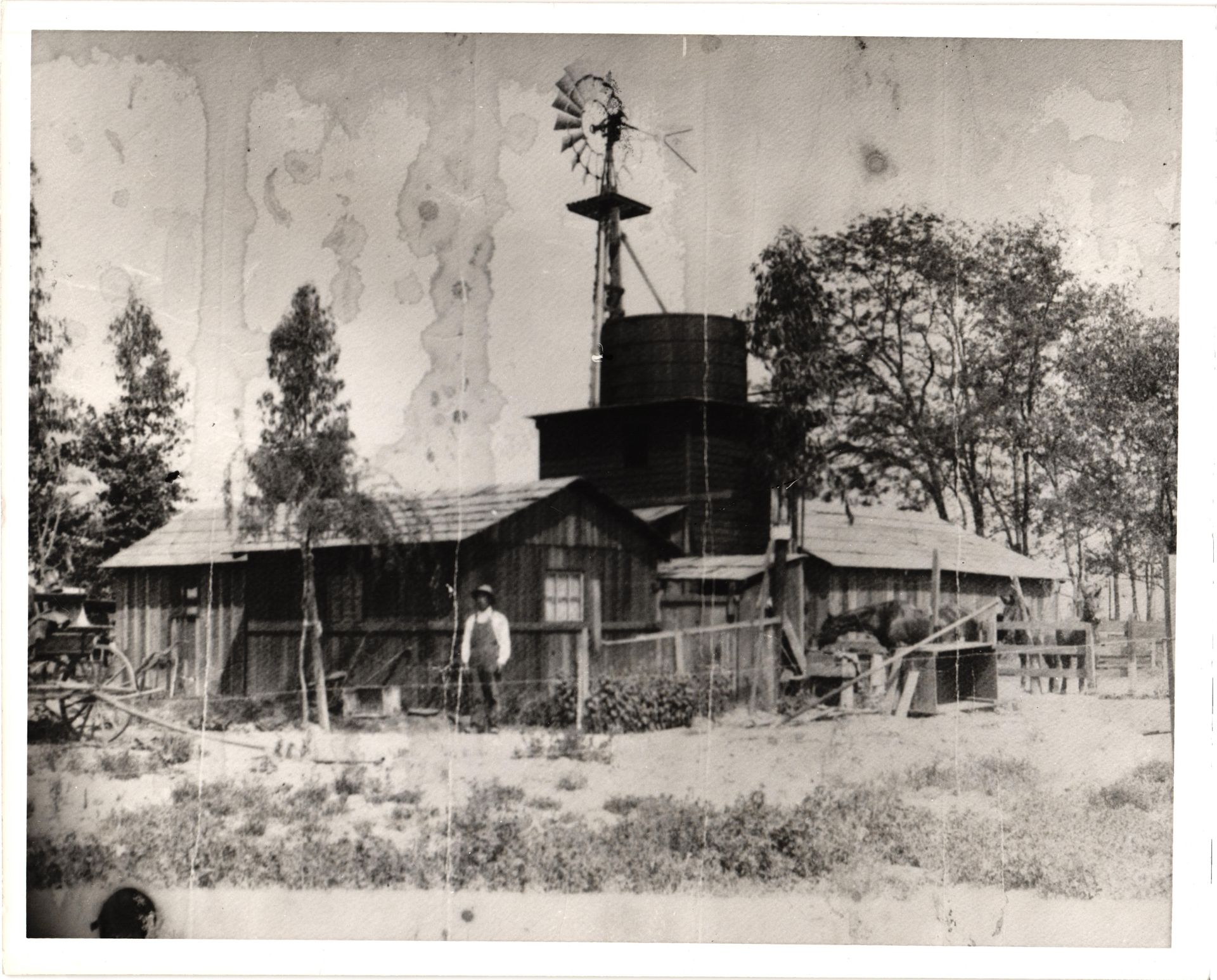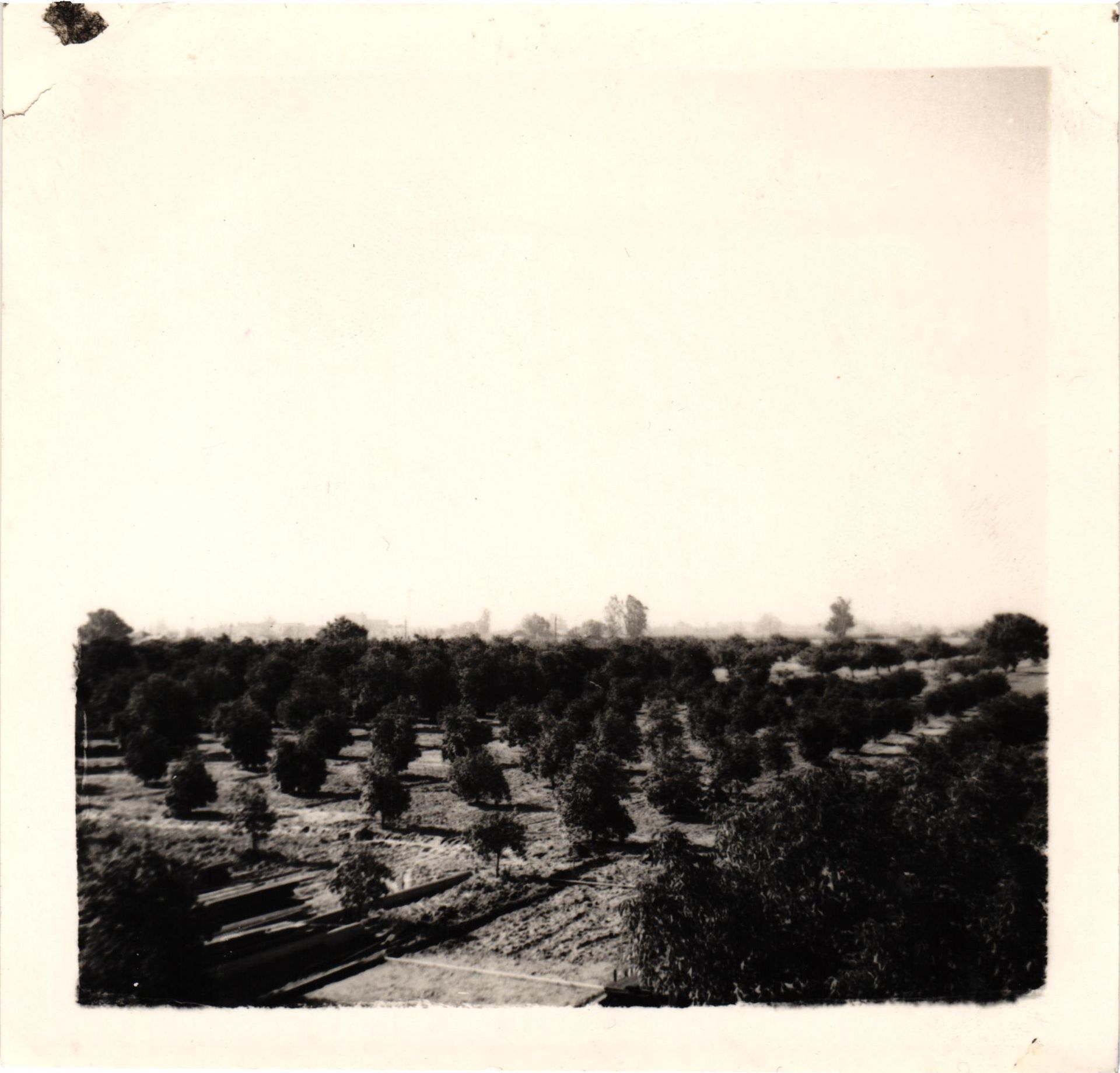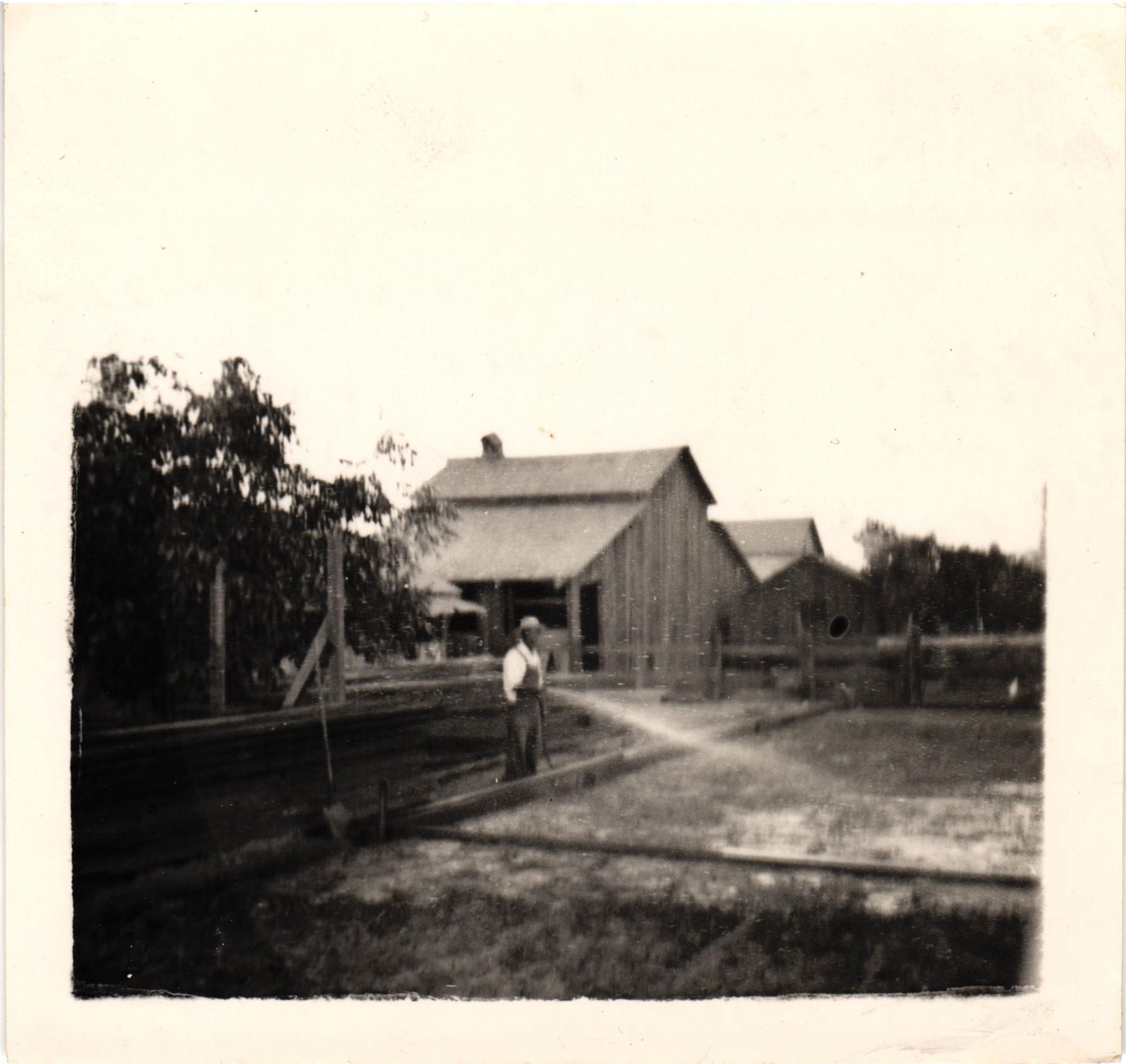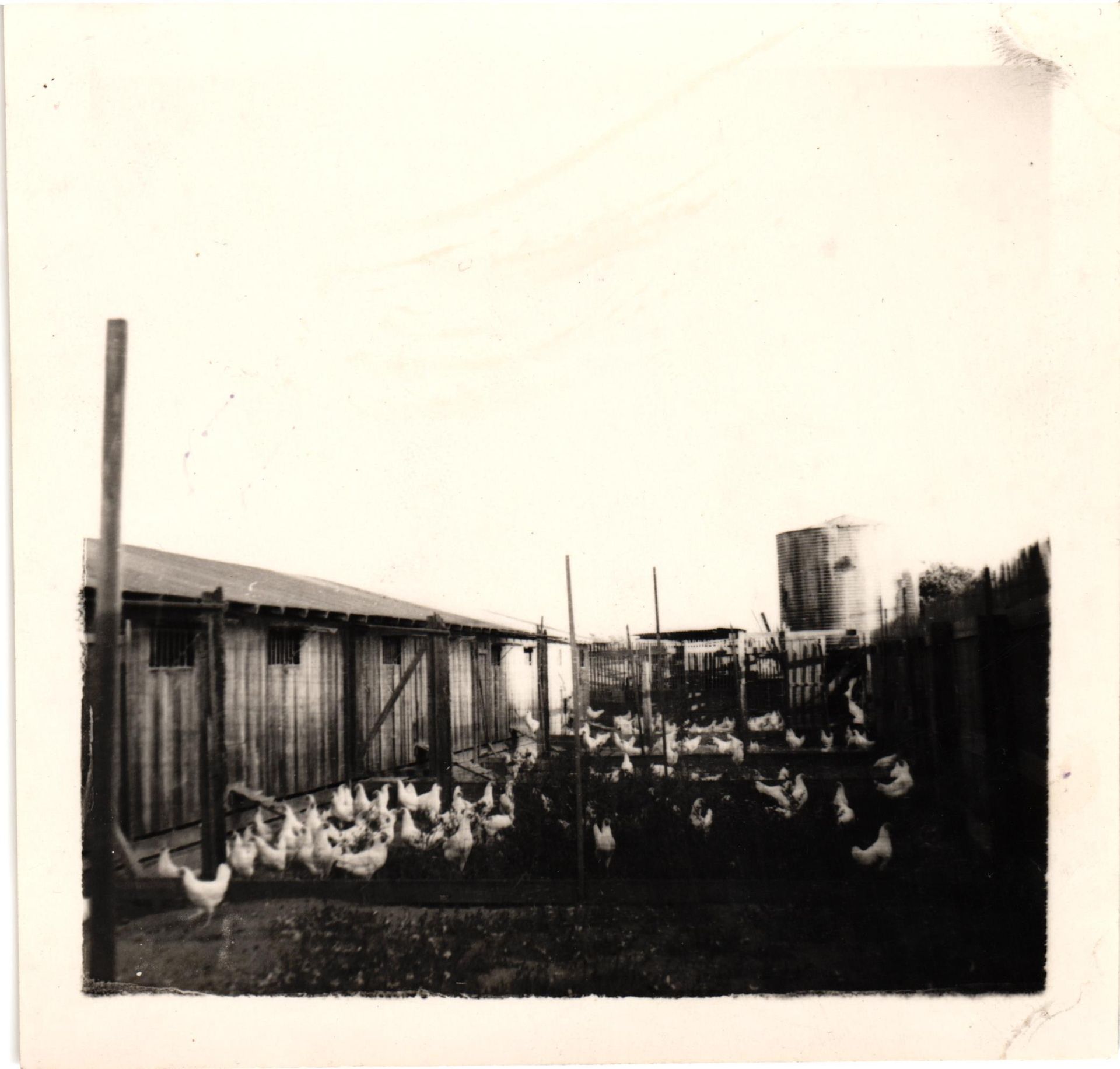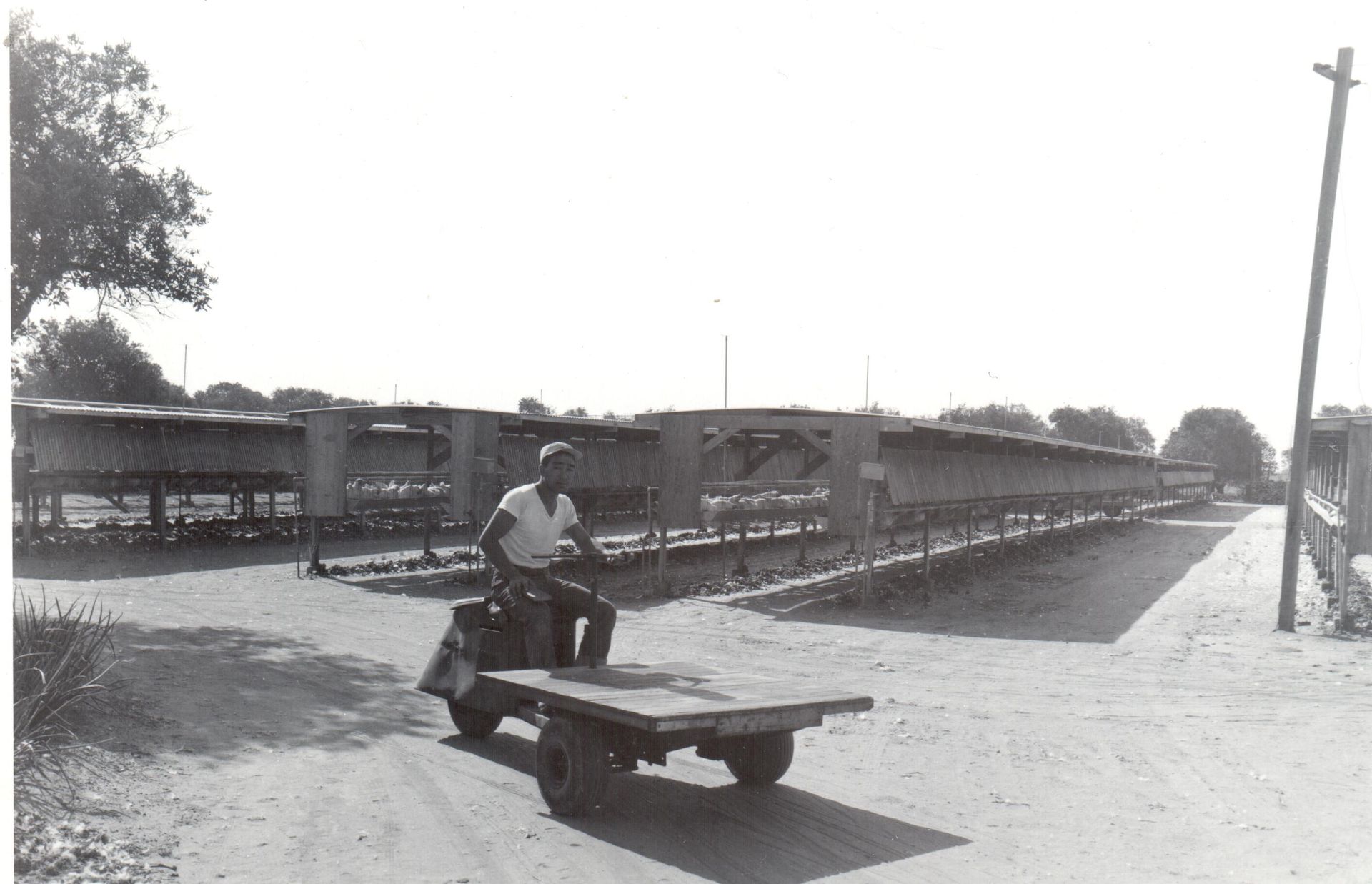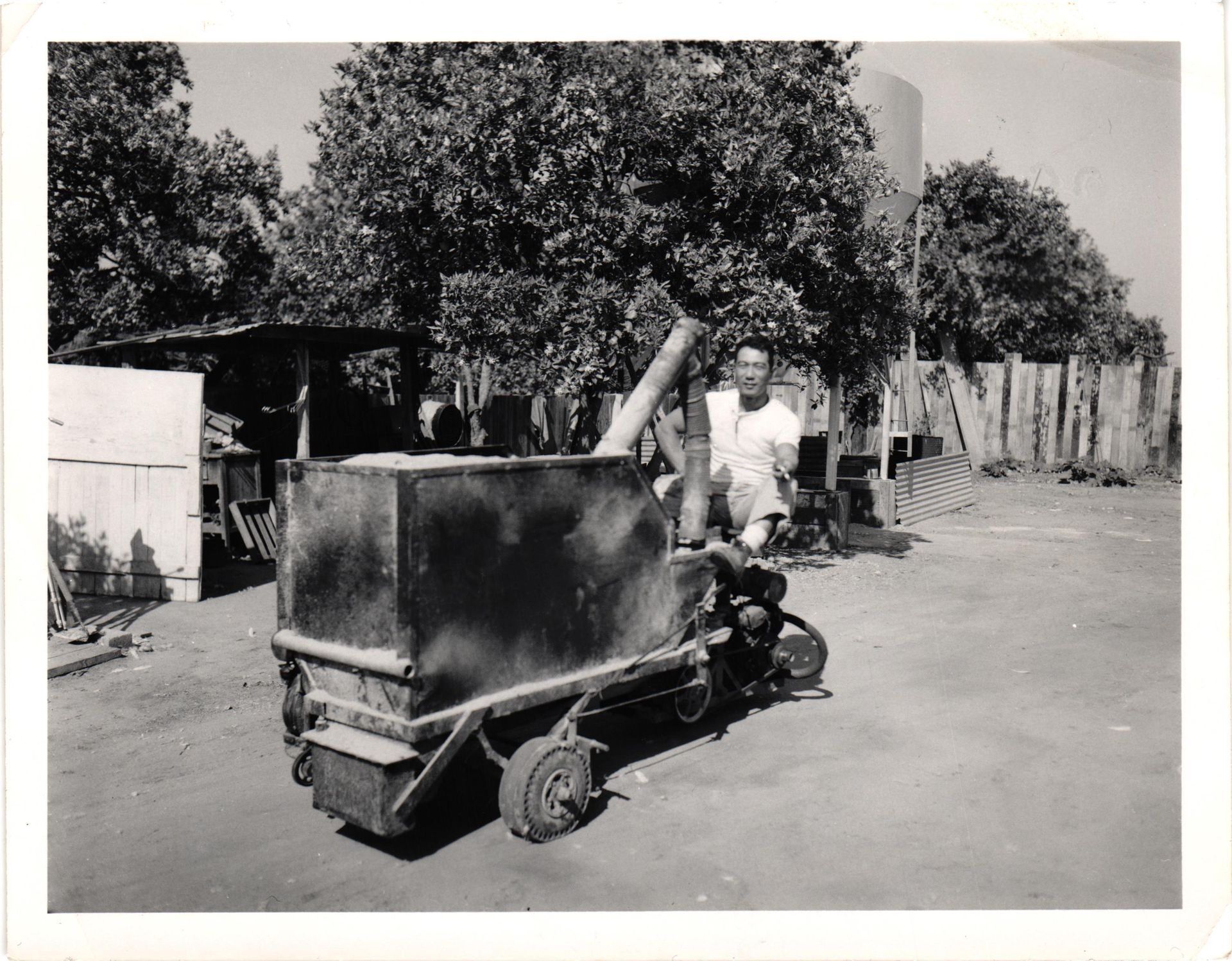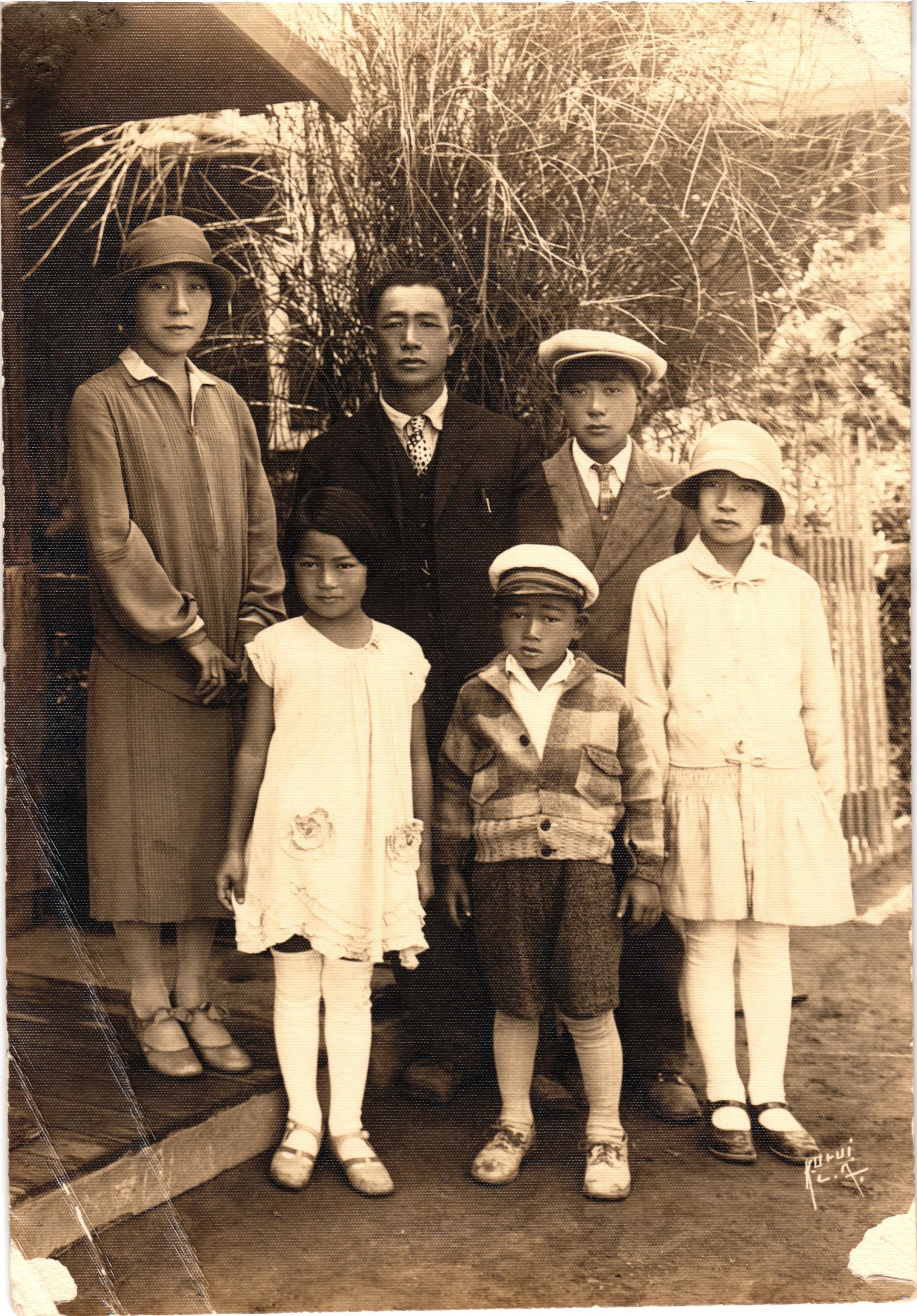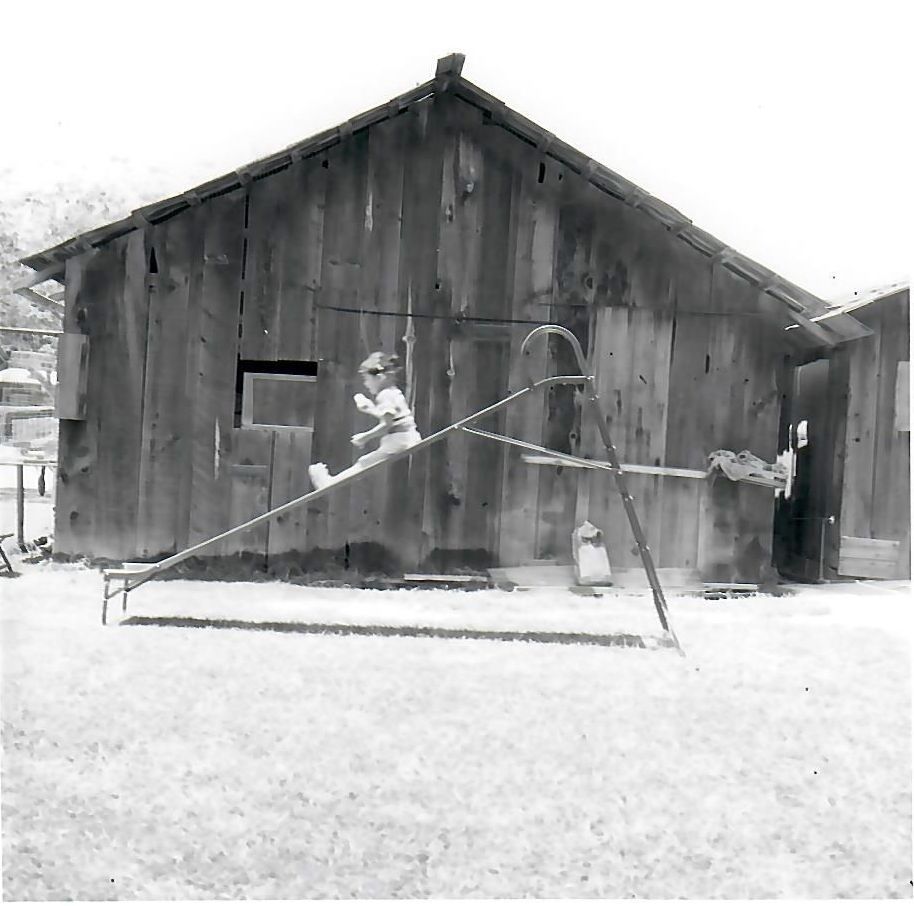By Ellen Crane
•
April 30, 2021
At the turn of the 20th century Yasaburo Hamada came to America from Jigozen, Hiroshima, at the age of 15. A man of small statue and a quick temper, “Harry” Hamada was adept in judo and kendo and was not afraid to use his skills. One family story recounts a job he had in San Francisco in the basement of a building. He argued with his boss and walked off the job. The next day the Great 1906 San Francisco Earthquake happened and buildings everywhere collapsed killing thousands including the people in the basement of Yasaburo’s building. At the age of 38, after more than twenty years in the U.S., Yasaburo returned to Hiroshima to find a wife. He was recommended to the beautiful youngest daughter of a prosperous farming family, Shiki Nagaoka. Shiki’s older sister had left several years earlier to marry a man in Hawai’i and she was also open to going to America. Shiki agreed to marry Yasaburo, 18 years her senior. She recalls the initial meeting he had with her father where she was expected to serve tea. Too afraid to even look at him, Shiki didn’t know what Yasaburo looked like until after she consented to marry him. They wed in Japan in 1920 and left for the U.S. soon after. Their son, Ben, was born in 1921 in Hollywood. Two more children followed, Namiye in 1923 and George in 1925. Ben recalls living in various places in Southern California: San Fernando Valley, Hollywood, San Pedro. They family worked hard at various endeavors but gravitated to farming and the nursery busines. Yasaburo, a man of many talents, had a gift for growing, not just plants, but animals too. Namiye remembers moving a lot but said they always had nice houses. The family spent the war years in internment camps, initially in Jerome, Arkansas, and later at Tule Lake, California, camp for the infamous “No-No Boys.” After the war, like everyone else coming out of camp, the Hamada’s worked hard to make a living. By then, Namiye was married to Manabu Okada who farmed with his brothers Taka and Shigeru. Yasaburo and Shiki had various jobs and 24-year-old Ben worked as a gardener, using trimmings to propagate new plants. Through their friends, the Gotos, who had a thriving flower shop in Montebello, the Hamada’s arranged to open a nursery next to the shop on Beverly Blvd, and called it Blossom City Nursery . Meanwhile, Ben who also wanted to farm, leased land in Huntington Beach on Talbert Ave. and Beach Blvd, while still helping his parents with Blossom City. By then he was married to Masako and they eventually had four children: Ellen, Ron, Kent and Joanne. The family’s nursery business was joined by George and his wife, Hazel, in 1950 when they returned from Chicago, baby Karen in tow, soon to be followed by Gerry, Teri and Parry. In 1953 the family purchased four acres in Garden Grove on Harbor Blvd and opened Garden City Nursery . The thriving business supported Ben and George’s families, Yasaburo and Shiki. They remained there until 1963 when the nursery was forced to move because of the construction of the Garden Grove Freeway. Garden City Nursery relocated to East Chapman Ave, Orange, in 1963. In 1971 brothers Ben and George parted ways and took ownership of separate properties and nurseries. George and Hazel continued operating Garden City and Ben and Masako opened Batavia Garden Nursery next to their home in Orange. Garden City Nursery closed in 1987. Batavia Garden Nursery remained in business until 2019, operated initially by Ben and Masako and and their children, Ron, Kent and Joanne.
